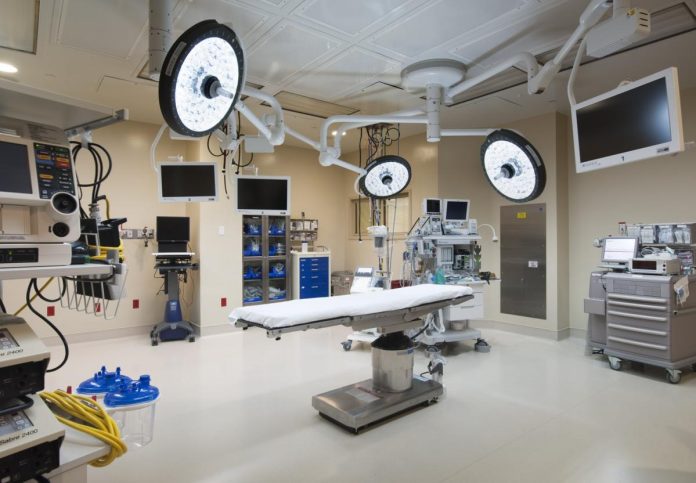When patients go to the hospital, they depend on more than the competency of doctors and nurses to get well. They also expect that medical equipment will work as intended and be safe. But should patients be concerned? There are many risks in hospitals, and below we highlight some of the more important.
Types of Equipment in Hospitals
Doctors use various tools and machines to assist with diagnosis and treatment. The modern hospital is positively filled with gadgets that doctors and nurses reach for, but not all of them function as intended.
We can divide equipment into the following categories:
- Diagnostic equipment, including MRI machines, X-rays, blood pressure cuffs, and stethoscopes.
- Equipment for treatment, which might include needles, laser machines, ultrasounds, and physiotherapy equipment.
- Surgical instruments, which might include forceps, knives, retractors, clamps, and implants.
Before equipment is sold to hospitals, it should conform to safety regulations set by the government and undergo extensive testing. Nevertheless, improper maintenance or neglect can turn even the most sophisticated piece of hospital equipment into a danger for patients.
Improper Sterilization
Some tools are used on more than one patient, which means the tool must be sterilized between uses. Hospitals have many viruses and bacteria circulating, and hospital acquired infections are very dangerous. Some bacteria, for example, are resistant to the most common antibiotic treatments, which can prove deadly. And infection is a real risk—according to studies, between 5-10% of patients contract an infection in the hospital.
All equipment should be disinfected after each use, and hospitals should automate the process or have set schedules. However, stethoscopes and MRI machines do not need as intense disinfectant as surgical tools which are the primary source of infection.
Radiation Exposure
Many pieces of equipment use radiation, such as an MRI machine. In fact, radiation is central to most imaging tests, which help doctors with diagnosis.
However, there is a risk of radiation overexposure, especially if the machine does not work properly or is misused. Hospitals must have channels for reporting problems with this equipment, but sadly much reporting is lacking.
Robotics
Hospitals increasingly use robotics as part of minimally invasive surgery. The theory is that machines will make fewer errors than humans and can handle precision surgery where a shaky human hand might make a mistake. Unfortunately, robots are not 100% foolproof. Many errors can cause patients to be burned or suffer nerve or tissue damage.
One study found that robotics surgery was associated with 1,391 injuries and 144 deaths from 2000 to 2013. More than 8,000 malfunctions were also reported during this period. The study also found that errors were relatively constant over the years, which means that malfunctioning was difficult to eliminate through upgrades or redesign.
Injured by Hospital Equipment? You Might Have a Legal Claim
Hospitals are ultimately responsible for maintaining safe equipment and tools by adopting necessary sterilization procedures and regularly monitoring for defects. If you were hurt, then you could have a medical malpractice claim in Philadelphia. You should contact an attorney to review what kinds of compensation are available.
















